A doctor yesterday warned against overusing nasal washes to relieve respiratory or other sinus problems as it could worsen their condition.
A buildup of dust, pollen, or bacteria in the nasal cavity can hinder the functioning of the nasal mucous membrane and exacerbate allergies, said Hung Wei-cheng (洪偉誠), a doctor at Far Eastern Memorial Hospital’s Otorhinolaryngology-Head and Neck Surgery Department.
Nasal washes involve using a mixture of 500cc of warm water and 4.5g of uniodized salt or nasal rinse salt.
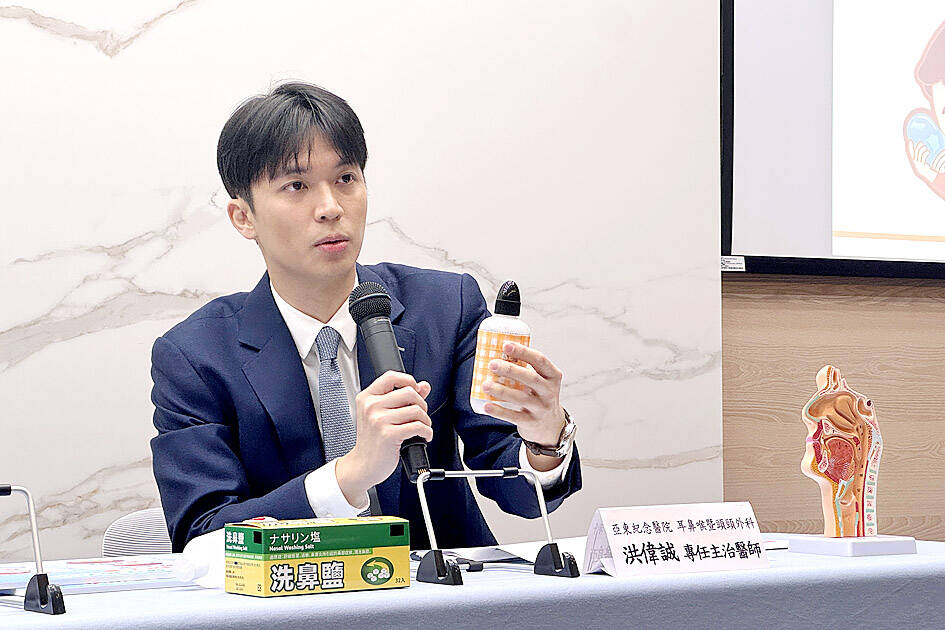
Photo: Chiu Chih-jou, Taipei Times
With the aid of a nasal irrigation device, the user pours or squeezes the solution into one side of their nasal cavity, while breathing through their mouth to avoid water running into the trachea, Hung said.
Proper use of nasal washes can flush out allergens, reducing sinus congestion and runny noses, he said.
However, nasal washes can only temporarily relieve discomfort for people with nasal allergies, as they cannot sterilize the nasal cavity, he said.
People should avoid using tap water or other types of liquid to avoid further infection, he said.
Nasal washes should only be done once or twice a day, as they could cause the nasal cavity to become too dry or trigger an adverse reaction from over stimulation of the mucus, he said.
Hung advised people to visit their closest clinic or hospital if they develop a fever, general pain and aches, or other flu symptoms, as nasal washes cannot kill the flu virus or shorten the course of the disease.
Asked about the difference between table salt and nasal rinse salt, Food and Drug Administration (FDA) Medical Equipment and Cosmetics Division Director-General Lee Kuo-li (李國驪) said that most table salt includes iodine or other ingredients, which could irritate the nasal cavity.
Lee added that nasal irrigation devices are listed as medical devices in Taiwan and buyers should check product labels to see if they are approved by the FDA.
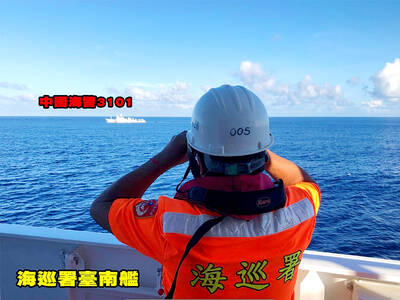
The Coast Guard Administration (CGA) yesterday said it had deployed patrol vessels to expel a China Coast Guard ship and a Chinese fishing boat near Pratas Island (Dongsha Island, 東沙群島) in the South China Sea. The China Coast Guard vessel was 28 nautical miles (52km) northeast of Pratas at 6:15am on Thursday, approaching the island’s restricted waters, which extend 24 nautical miles from its shoreline, the CGA’s Dongsha-Nansha Branch said in a statement. The Tainan, a 2,000-tonne cutter, was deployed by the CGA to shadow the Chinese ship, which left the area at 2:39pm on Friday, the statement said. At 6:31pm on Friday,
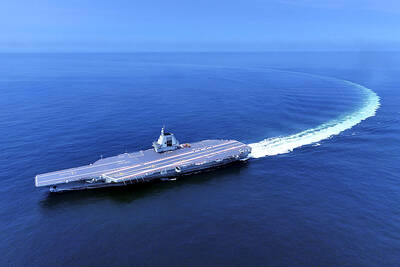
The Chinese People’s Liberation Army Navy’s (PLAN) third aircraft carrier, the Fujian, would pose a steep challenge to Taiwan’s ability to defend itself against a full-scale invasion, a defense expert said yesterday. Institute of National Defense and Security Research analyst Chieh Chung (揭仲) made the comment hours after the PLAN confirmed the carrier recently passed through the Taiwan Strait to conduct “scientific research tests and training missions” in the South China Sea. China has two carriers in operation — the Liaoning and the Shandong — with the Fujian undergoing sea trials. Although the PLAN needs time to train the Fujian’s air wing and
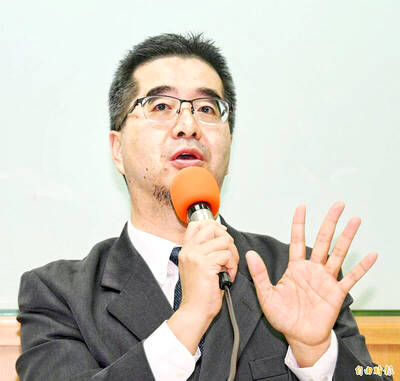
The American Institute in Taiwan (AIT) put Taiwan in danger, Ma Ying-jeou Foundation director Hsiao Hsu-tsen (蕭旭岑) said yesterday, hours after the de facto US embassy said that Beijing had misinterpreted World War II-era documents to isolate Taiwan. The AIT’s comments harmed the Republic of China’s (ROC) national interests and contradicted a part of the “six assurances” stipulating that the US would not change its official position on Taiwan’s sovereignty, Hsiao said. The “six assurances,” which were given by then-US president Ronald Reagan to Taiwan in 1982, say that Washington would not set a date for ending arm sales to Taiwan, consult
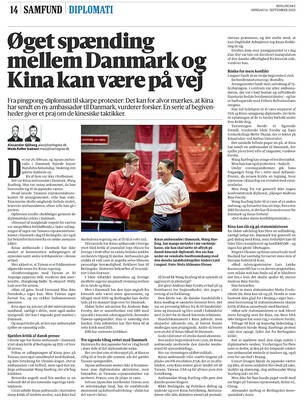
A Taiwanese academic yesterday said that Chinese Ambassador to Denmark Wang Xuefeng (王雪峰) disrespected Denmark and Japan when he earlier this year allegedly asked Japan’s embassy to make Taiwan’s representatives leave an event in Copenhagen. The Danish-language Berlingske on Sunday reported the incident in an article with the headline “The emperor’s birthday ended in drama in Copenhagen: More conflict may be on the way between Denmark and China.” It said that on Feb. 26, the Japanese embassy in Denmark held an event for Japanese Emperor Naruhito’s birthday, with about 200 guests in attendance, including representatives from Taiwan. After addressing the Japanese hosts, Wang